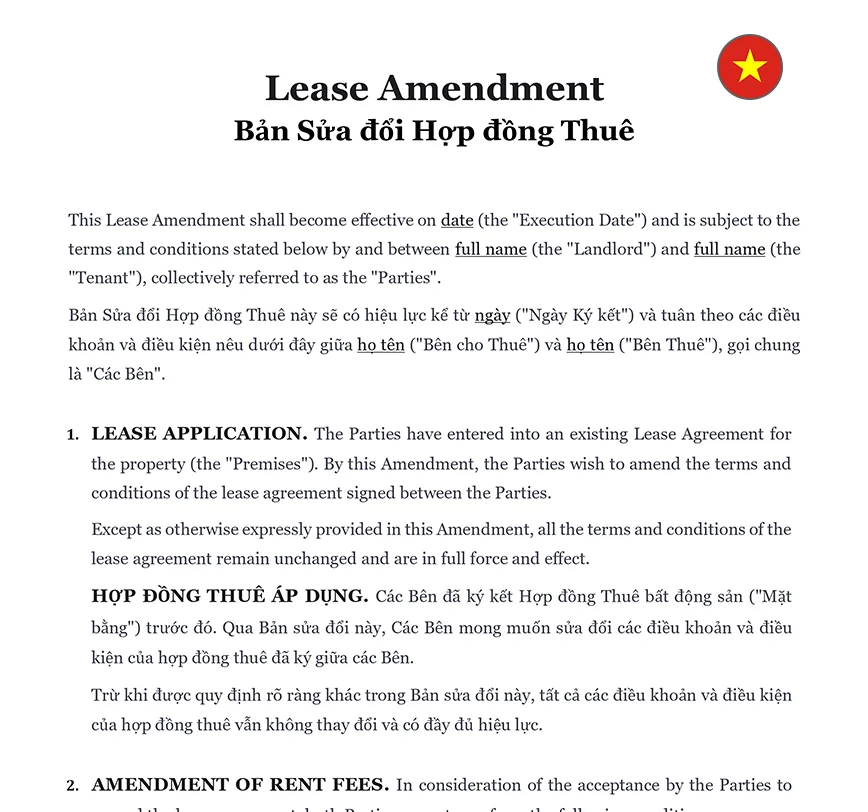Importance of Updating Rental Contracts
Regularly updating rental contracts is crucial for several reasons:
Legal Compliance: Ensures contracts remain compliant with current laws, preventing legal disputes.
Reflects Changes: Accurately reflects any changes in rental terms or conditions, keeping all parties informed.
Prevents Misunderstandings: Reduces misunderstandings between landlords and tenants by clearly stating updated rights and obligations.
Fosters Harmony: Promotes a harmonious rental relationship by ensuring both parties understand their roles and responsibilities.
Addresses New Regulations: Keeps contracts up-to-date with any new regulations or market conditions that may impact the rental agreement.
Protects Interests: Ensures the landlord’s and tenant’s interests are adequately protected in the face of evolving legal and market landscapes.
Lease Amendment: Essential Considerations
A lease amendment is a formal document that alters specific terms of the original rental agreement. It is essential for landlords to understand when and how to use lease amendments to update rental contracts effectively. Common amendments include changes in rent, lease duration, and maintenance responsibilities. For example, if a landlord wishes to increase the rent, this change must be documented through a lease amendment. Similarly, if the lease duration needs to be extended or shortened, this should be formally recorded. The lease amendment must be signed by both the landlord and the tenant to be legally binding, ensuring that both parties are aware of and agree to the changes.
Key Clauses to Review when Updating Rental Contracts
When updating rental contracts, landlords should pay close attention to key clauses that can significantly impact the rental agreement. These clauses should be reviewed and updated as necessary to ensure clarity and compliance with current laws:
| ➤ Rent Amount and Payment Terms: Ensures clarity on the current rent and payment schedule. Clearly state the new rent amount, due dates, and acceptable payment methods (e.g., bank transfer, cash, online payment) to avoid confusion and disputes. |
| ➤ Lease Duration: Reflects the accurate start and end dates of the lease term. Specify any changes to the lease term, including extensions or early termination options, to provide a clear timeline for both parties. |
| ➤ Maintenance and Repairs: Clarifies responsibilities for property upkeep and repairs. Detail which party is responsible for maintenance tasks and repairs to prevent disputes over property condition and repair costs. |
| ➤ Security Deposit: Updates the amount and conditions for refunding the deposit. Outline any changes to the security deposit amount and the conditions under which it will be refunded, including deductions for damages or unpaid rent. |
| ➤ Termination Clauses: Specifies conditions under which the lease can be terminated. Clearly state the notice period required for termination and any penalties for early termination to ensure both parties understand their rights and obligations. |











